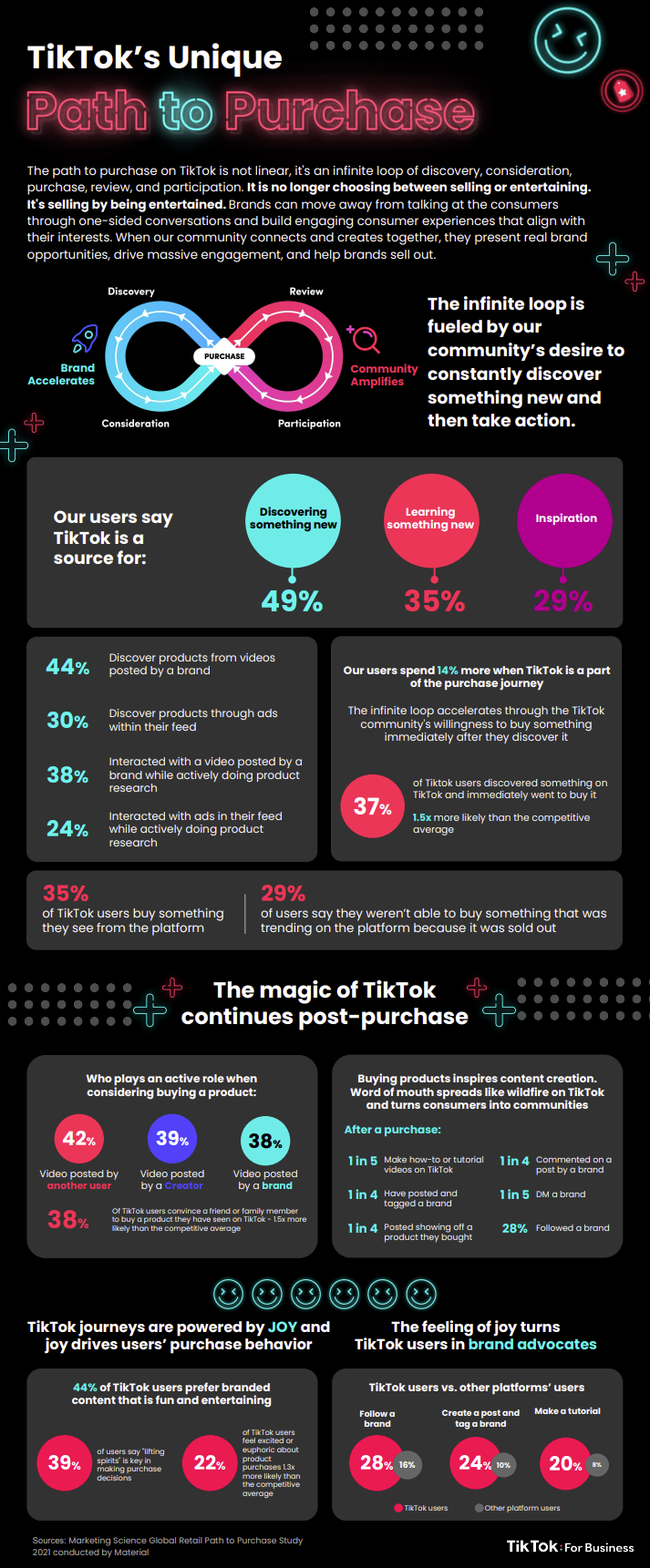
Guest article from Mary Aspen Richardson
In the digital age, branding is crucial; from a brand’s logo and mission statement to its website’s color and outreach tone, a brand’s identity will inform customers’ perceptions, expectations, and behaviors. Proper branding will instill positive connotations in brand recognition, inspire trust, and foster long-term relationships. Thus, a rebrand may be highly desirable or even unavoidable when this pivotal element underperforms. However, that’s no easy process, and it comes with multiple pitfalls for the unprepared. To help you navigate these waters, then, let us share 7 tips for a successful rebrand.
When is it time to rebrand?
First, let’s briefly outline the reasons and motivations for a rebrand. Doing so here will help contextualize the process that follows.
Brands will typically consider rebranding of different scales in such cases as:
- Mergers and acquisitions. In such cases, the merged entity may either maintain the brand image of the better-known brand or compound the two. Still, a rebrand of some scale may be necessary.
- Market repositioning. Attracting new audiences and redefining one’s position in the market will also often require a new brand identity. This is particularly true when a brand expands its offerings.
- Expansion into new markets. For effectively similar reasons, expanding into new markets will also often require a reinvigoration of one’s brand. New audience segments will often require a different identity to resonate with.
- Damage control. Relatively more rarely, brands may also be damaged seemingly beyond repair. In those cases, a rebrand may be the only viable option.
- Modernization. Finally, time inevitably outdates brands as well. Realigning core values with one’s audiences, recalibrating internal culture, and other branding elements can effectively refresh a brand’s image.
Of course, the exact scale of one’s rebranding efforts will strongly depend on the reason. Modernization may require little more than a visual update, for instance. In contrast, repositioning may call for complete reinventions to add proper meaning to one’s marketing.
7 Tips for a Successful Rebrand
With this context in mind, let’s outline a strategic, prudent rebrand process.
#1 Collect feedback
Feedback collection and data analysis are likely vital parts of your marketing efforts. If so, they can also serve as excellent foundations for rebranding. Consider such practices as the following, through which you may extract meaningful insights.
Tracking website visitors and activity
Monitoring your website’s effectiveness is among the most reliable ways to know what your audience wants, needs, and expects. You may use such tools as Google Analytics, website heat maps, and other dedicated marketing solutions that collect analytics.
Conducting surveys
Where tracking performance handles quantitative data, surveys offer qualitative data to explain your findings. Audiences are typically very eager to participate in surveys and tend to respond honestly. Moreover, they appreciate the perceived attention to their views on your brand and their experience with it.
Employing social listening
Finally, you may monitor what audiences won’t say directly through social listening. Such tools allow you to track discussions on your brand that happen outside of your profiles and content and can perfectly complement your social media strategies as well.

#2 Identify rebranding triggers
With all your insights, you may now more reliably identify rebranding triggers. In line with the circumstances outlined above, consider such findings as:
- A poor reputation
- Low trust
- Poor engagement signals
- Low market penetration
- Branding inconsistencies
If such conclusions can’t be remedied with smaller, hyper-specific changes to your outreach, PR, and content strategies, it may be time for a rebrand. Of course, the key to a successful rebrand is to initiate it exactly when it’s needed.
#3 Carefully consider the cost and risks
Still, before you get started, you should also consider the scope of your investment. That is, the costs, time frame, expected returns, and potential risks.
For this step, as you solidify your plans, examine:
- Costs. Depending on your rebrand’s scope and exact nature, costs will vary considerably. Simple visual polish may not strain your budget much, but holistic reinventions of your brand will.
- Time. Similarly, rebranding takes time to complete and bear fruit. This time investment will also occupy your teams and sway them from their current tasks.
- Risks. Finally, no business effort is ever truly free of risk, and neither is rebranding. Slight changes may fail to meet your goals, while complete makeovers may alienate existing audiences.
By no means should this step discourage you. However, evaluating those factors may inform your choices and guide your efforts toward a safer direction.
#4 Rebuild your visual identity, retell your story, and recapture your audiences
With all of the above covered, you may now begin executing a successful rebrand. Here, you may start with your visual identity and then explicitly address all shortcomings you’ve identified above.
The 3 fundamentals for this stage, as the section’s subheading suggests, are the following.
Rebuilding your visual identity
Start with your brand’s visual identity; humans are very visual beings. Examine your logo, website design, social media profiles, and even visual content, and align them with your rebranding’s goals.

Retelling your story
Your brand needs a story, and rebranding entails retelling it. Beyond visuals, examine:
- Your mission statement and vision
- Your brand values and culture
- Your brand voice and personality
The sum of such elements ultimately tells your brand’s story, communicating its past, present, and future.
Recapturing your audiences
Finally, consult your insights again to determine what existing audiences expect. Maintain these values and qualities, and keep them at the core of your new brand identity. At the same time, keep an eye on your new audiences – should they be your rebrand’s goal.
#5 Test your concepts with key stakeholders
Next, you may begin testing such rebranding concepts with key stakeholders. For larger-scale rebrands, at this stage, you should also establish a rigid rebranding framework; as you approach launch, all teams must work in perfect synergy. Without this happening, you cannot have a successful rebrand of any considerable scale.
At this stage, you may move beyond the C-suite and test the waters with existing customers, employees, and other stakeholders. If you have access to audiences of potential customers, they should also help immensely. This step will help identify potential issues and shortcomings early and allow you to correct your course if need be.
#6 Deploy a “stealth” brand launch
Moving beyond closed test environments, you may proceed with a “stealth” launch – a soft, controlled launch to critical stakeholders. This practice allows for a gradual, safer rebrand execution that typically works better than abrupt, explosive announcements and launches.

You may begin with your internal teams, other key partners, and key customers for this step. Outline your reasons and motivations, allow for previews and constructive input, and prepare press releases as needed. This step will serve as the final rehearsal before your full launch, so remain vigilant and attentive.
#7 Remain persistent and consistent
Finally, once you have fully launched your rebrand, it is crucial that you commit to it. By this stage, you should have
- Identified your key rebranding triggers, backed by ample data
- Planned your rebrand and execution
- Progressively and thoroughly tested your changes
That is not to say you may not need to make minor adjustments by any means. In fact, as with all business endeavors, maintaining a watchful eye over your analytics may always reveal more room for improvement.
However, you should now largely have a solid, data-driven, robust rebrand in place. As such, it is crucial that you fully commit to it; rebranding entails a new brand identity, regardless of size. Customers perceiving your rebrand as superficial or a quick fix will, in most cases, hamper your efforts, if not outright invalidate them.
In closing
To summarize, there are many reasons why a rebrand may be essential. A plain visual one may be desirable, or a holistic one may be necessary. In all cases, however, a successful rebrand requires very careful planning and strategic execution.
You may begin with accurate data to identify your rebrand triggers and negotiate its type and scope to best match your needs. You may then evaluate the risks, craft your new identity, and consistently test it with select audiences and stakeholders. Finally, you must fully commit to your rebrand post-launch to maintain trust with your audiences and ensure success. It may not be easy, but with these 7 tips for a successful rebrand, it will certainly be more manageable.
Meta description: From collecting insights and identifying your rebrand triggers to a strategic execution, discover 7 key tips for a successful rebrand.
Photos used:
https://pixabay.com/illustrations/rebranding-branding-brand-graphic-6672112/
https://pixabay.com/photos/podcast-music-studio-microphone-3939905/
https://pixabay.com/photos/painting-pencils-paint-pens-911804/
https://www.pexels.com/photo/group-of-people-on-conference-room-1181396/










